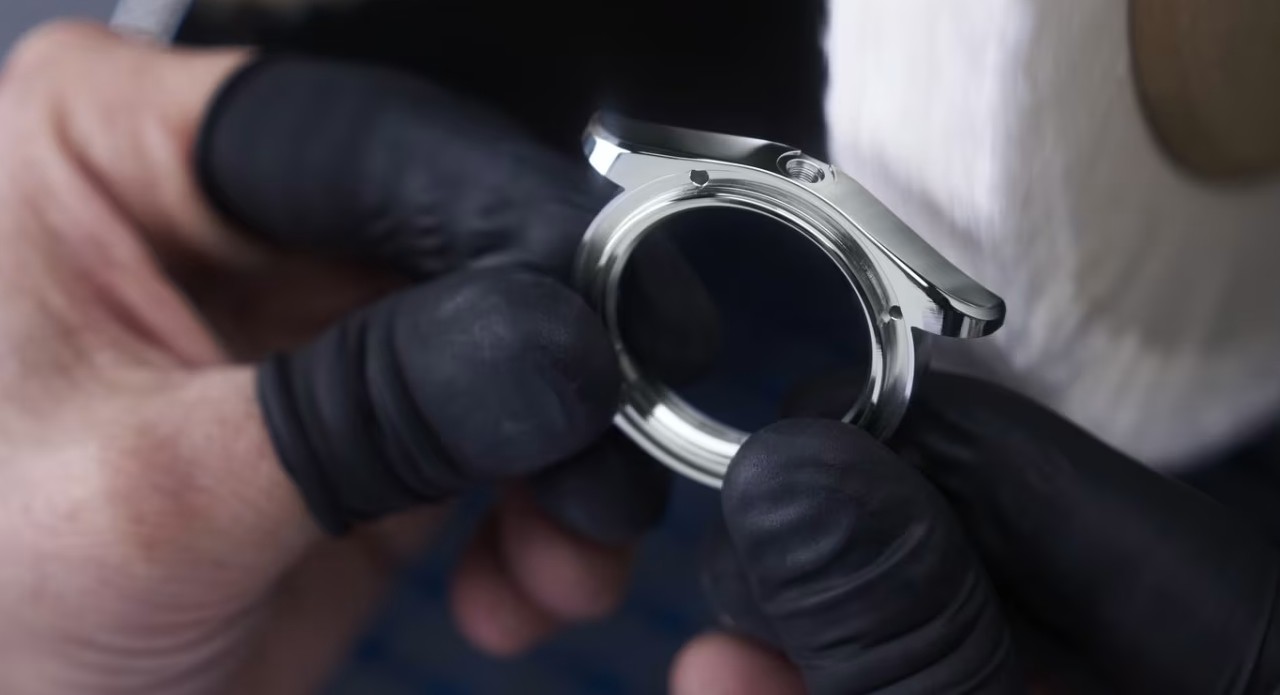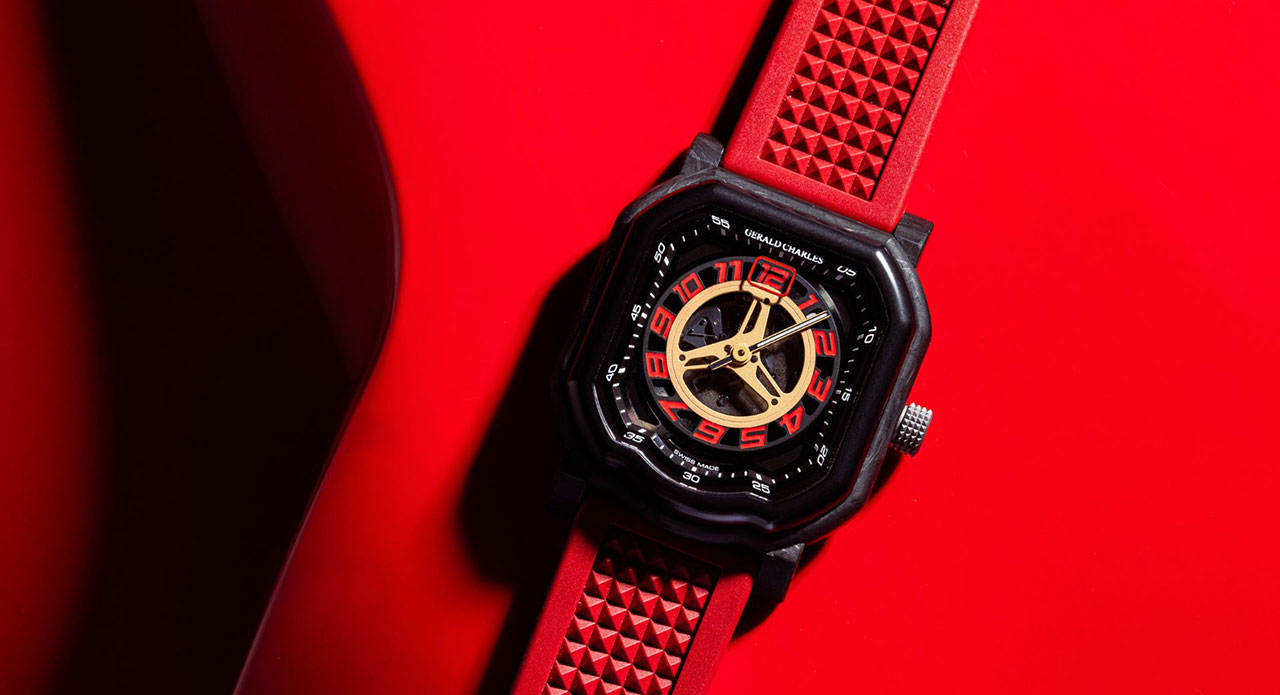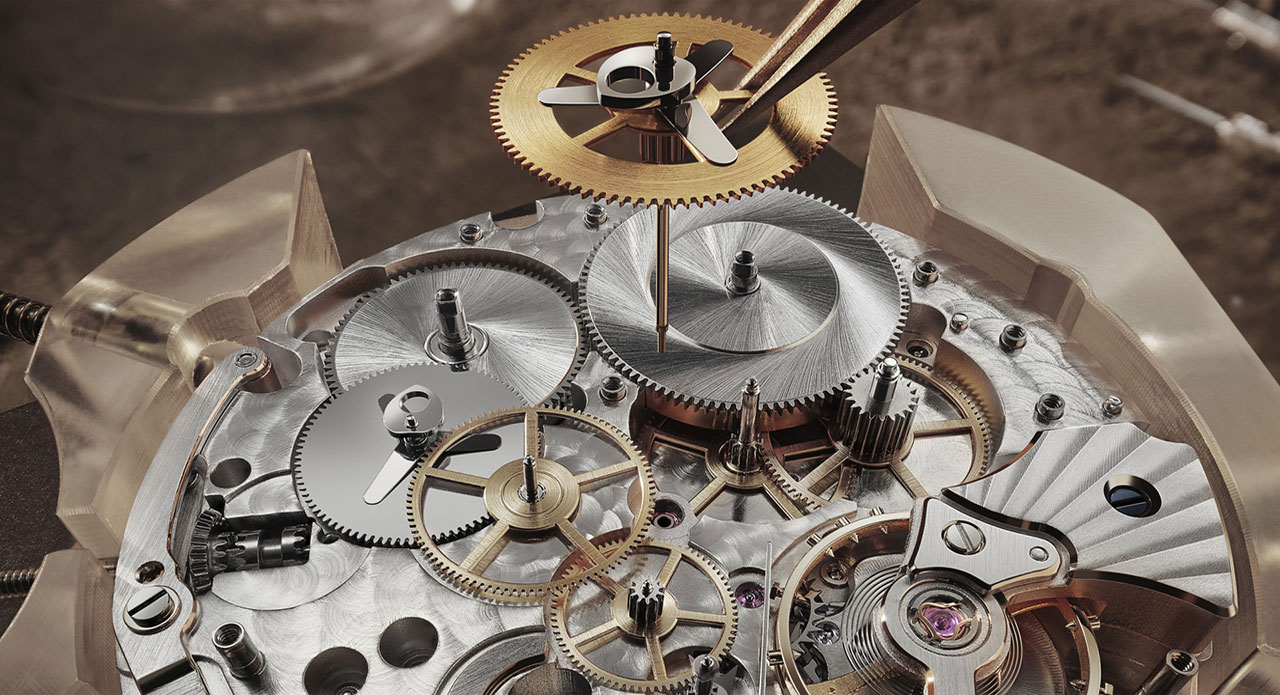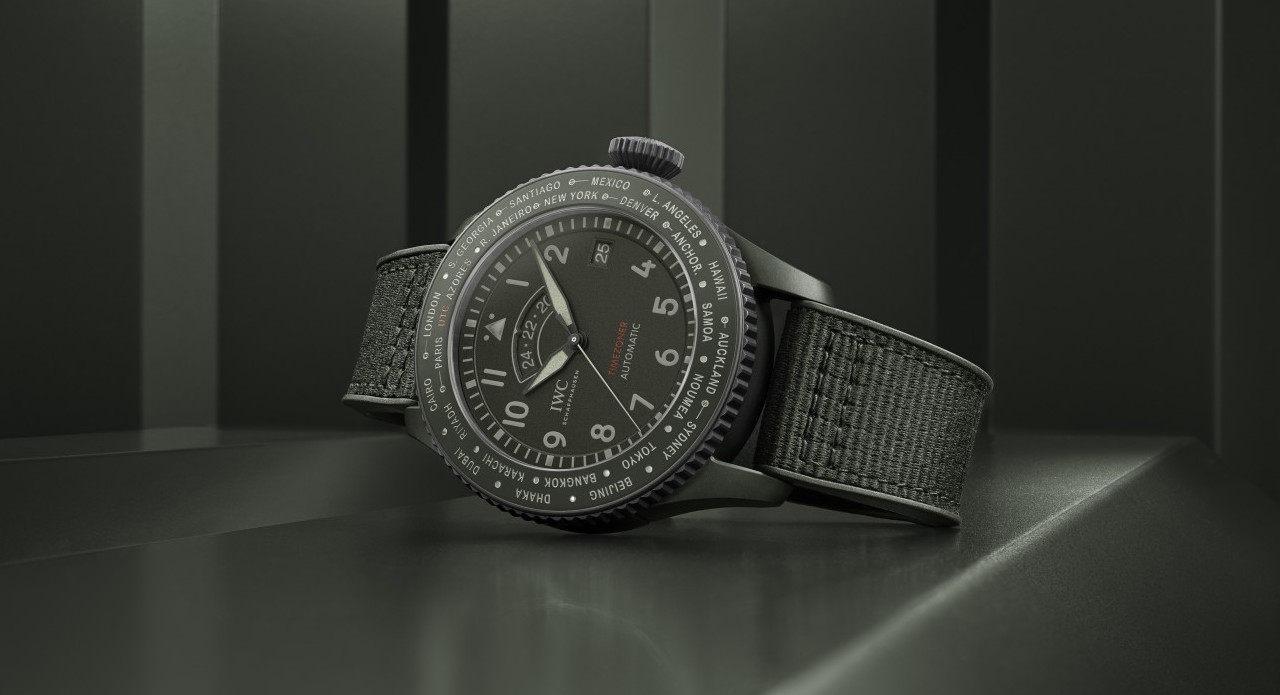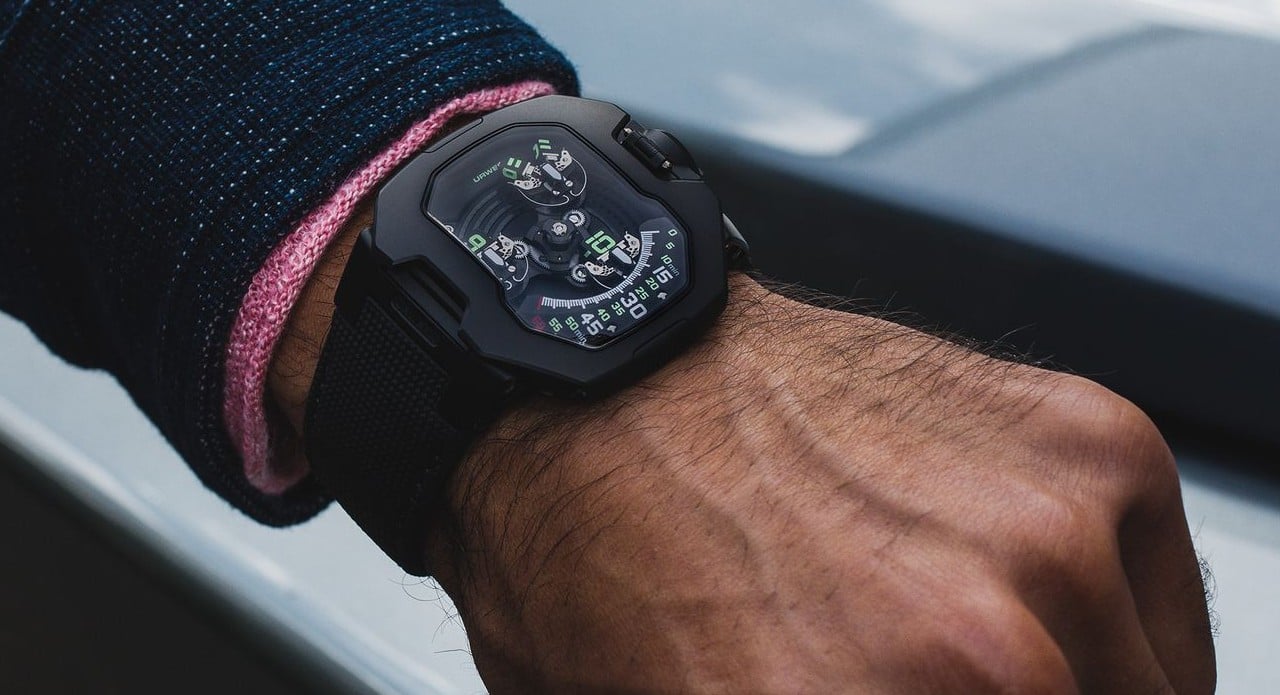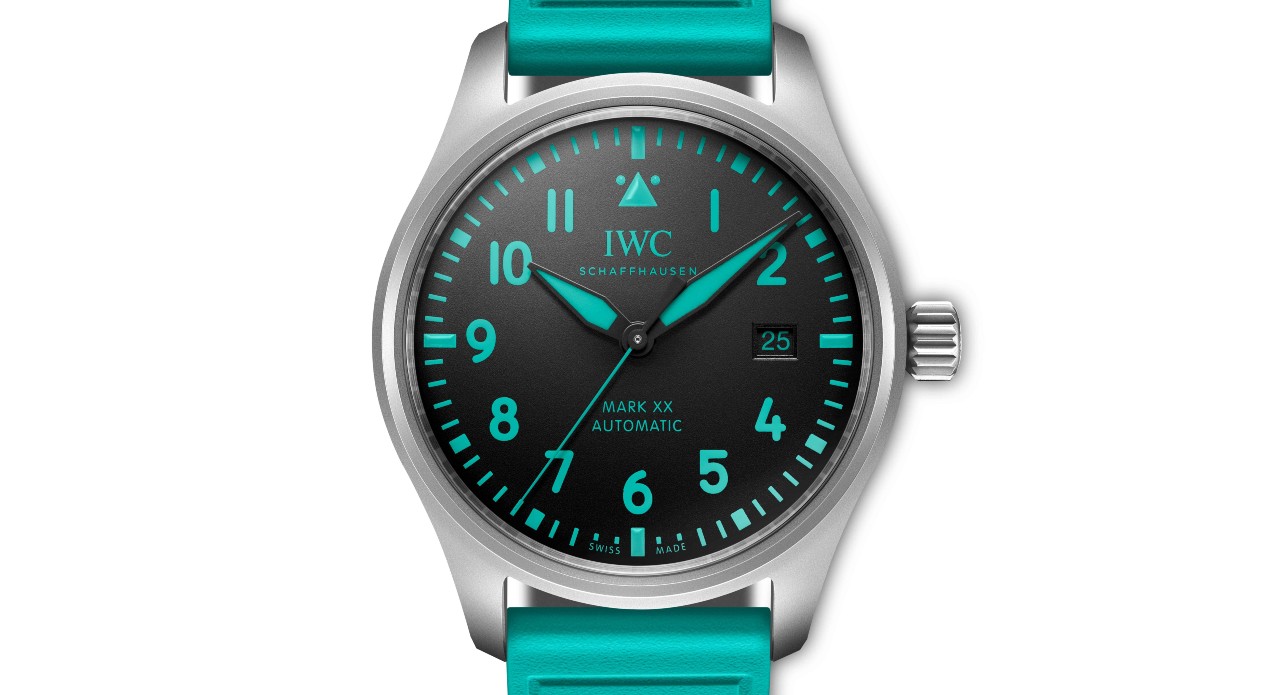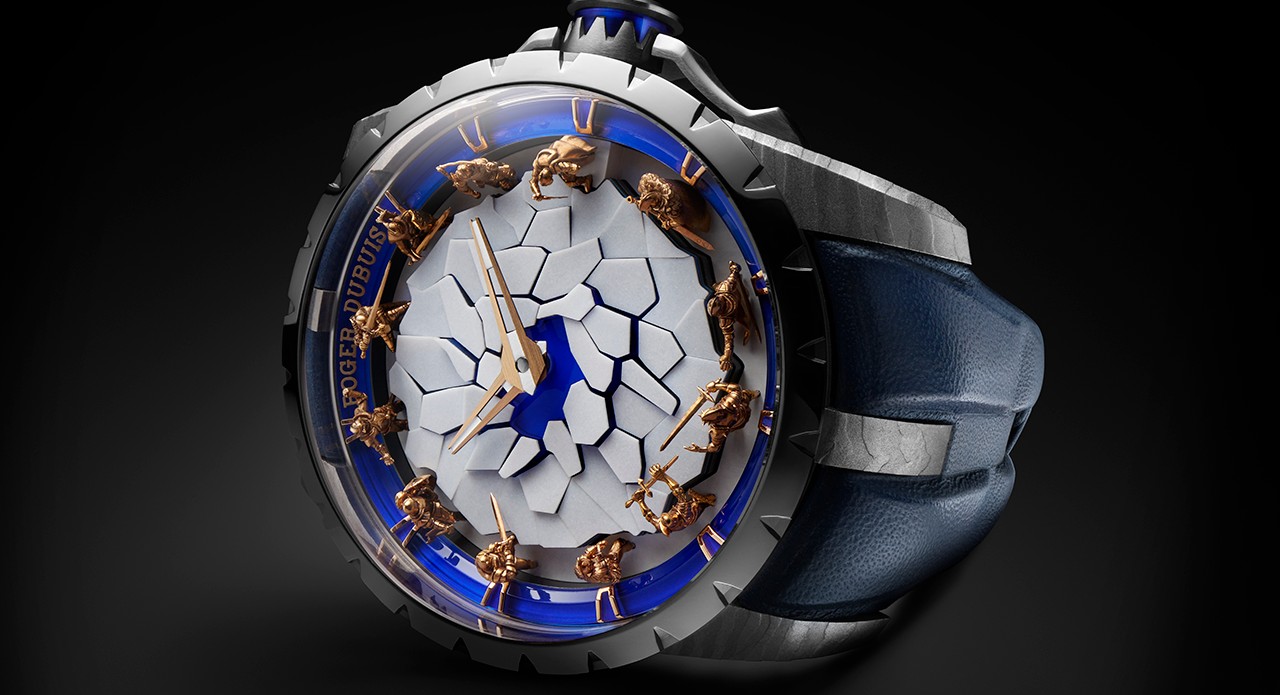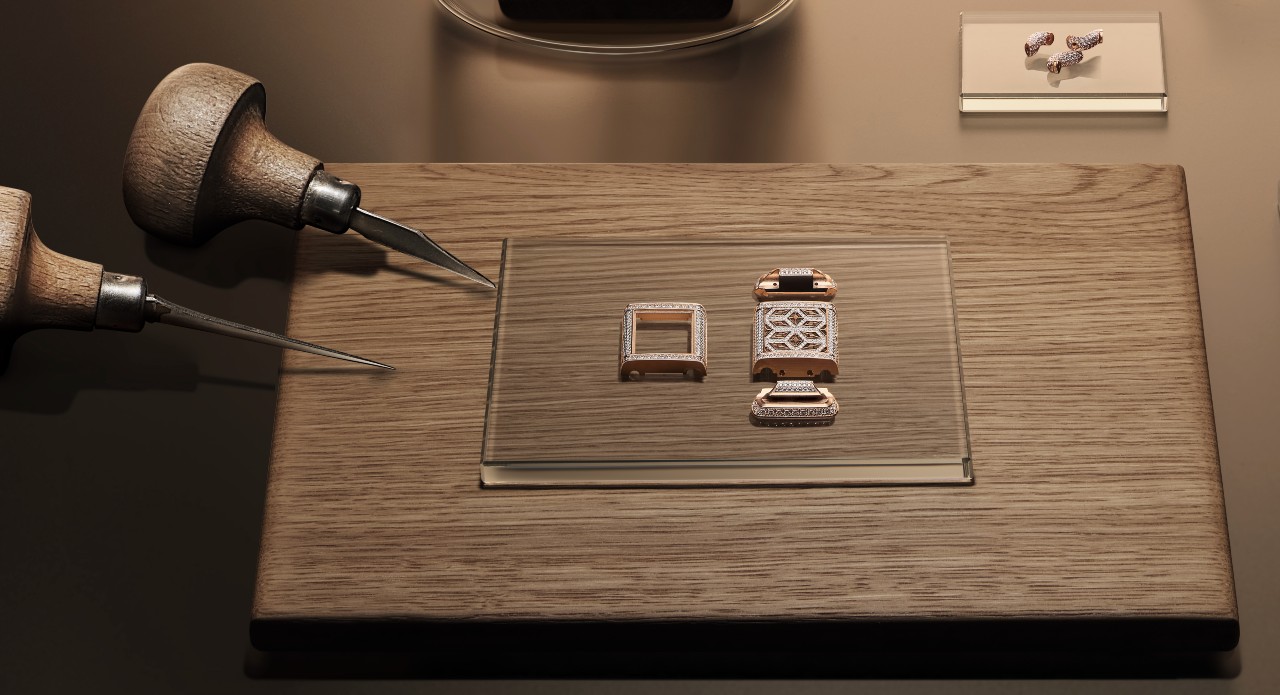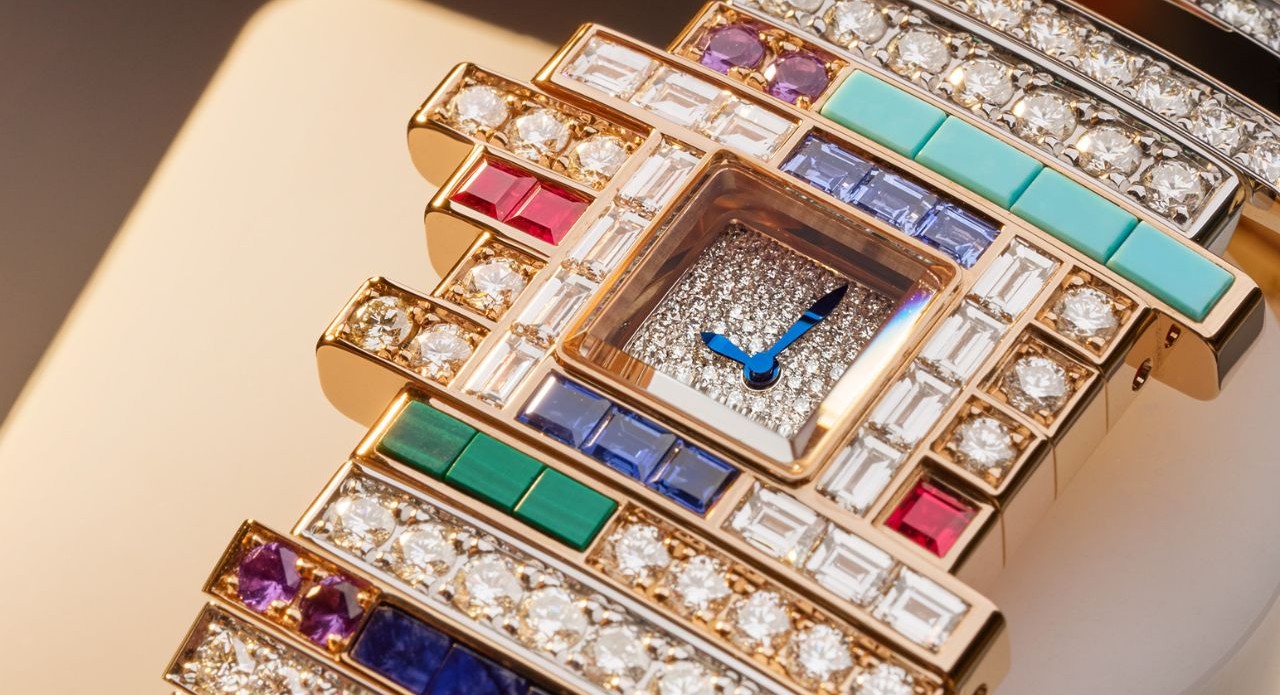Stainless steel has long been celebrated in watchmaking for its balance of strength, durability, and resistance to corrosion, making it the material of choice for exquisite timepieces. Its ability to be machined, polished, and finished in multiple ways allows watchmakers to achieve both technical reliability and enduring appeal. Over time, as the demand grew, brands began experimenting beyond standard grades, developing proprietary stainless-steel alloys that offered enhanced resistance, a richer lustre, or superior hardness. This pursuit of unique materials not only reinforced performance but also gave each manufacture a signature identity forged in steel. Outlook Luxe takes a look at the different alloys of stainless steel in horology, from the widely adopted 316L that became the industry standard to Rolex’s proprietary Oystersteel derived from 904L, as well as hardened steels and modern powder metallurgy creations like Damasteel. Each alloy tells a story of innovation and intent.
Stainless steel has long been celebrated in watchmaking for its balance of strength, durability, and resistance to corrosion, making it the material of choice for both everyday timepieces and professional instruments. Its ability to be machined, polished, and finished in multiple ways allows watchmakers to achieve both technical reliability and enduring appeal. Over time, as the demands of collectors and professionals grew, brands began experimenting beyond standard grades, developing proprietary stainless-steel alloys that offered enhanced resistance, a richer lustre, or superior hardness. This pursuit of unique materials not only reinforced performance but also gave each manufacture a signature identity forged in steel. Outlook Luxe takes a look at the different alloys of stainless steel in horology, from the widely adopted 316L that became the industry standard to Rolex’s proprietary Oystersteel derived from 904L, as well as hardened steels and modern powder metallurgy creations like Damasteel. Each alloy tells a story of innovation and intent, reflecting how watchmakers balance durability, resilience, and exclusivity in their pursuit of perfection.
Tudor Black Bay Pro

A low-carbon version, this version contains molybdenum to enhance corrosion resistance, especially against pitting and crevice corrosion in marine environments and acids. The low-carbon content provides excellent weldability by preventing chromium carbide precipitation in the heat-affected zone, making it ideal for heavy-gauge welded components. The 39mm 316L stainless steel cased watch has a fixed 24-hour bezel, a date window at 3 o’clock, an opaline dial with signature Snowflake hands, including a yellow GMT hand. Powered by calibre MT5652 (COSC) with 70-hour reserve, it offers 200-metre water resistance and versatile strap options, making it ideal for travel and daily wear.
Rolex Oyster Perpetual Land-Dweller
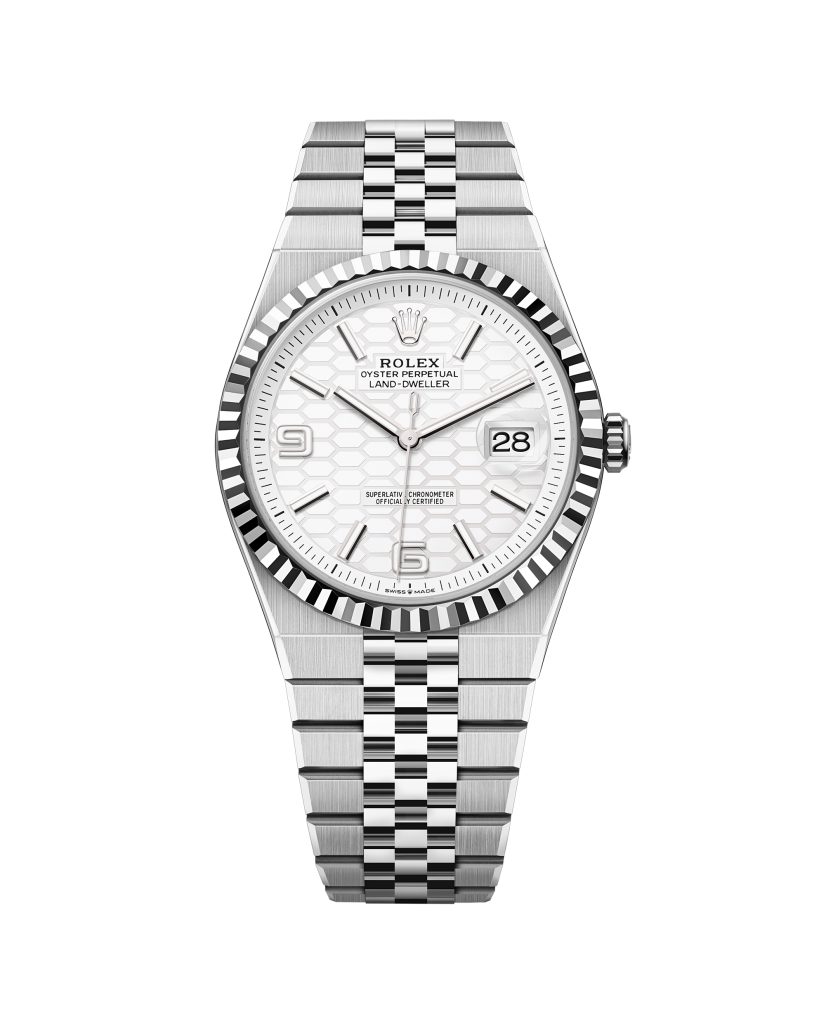
Oystersteel is a high-performance steel of grade 904L, produced for Rolex since 1985. Its rich in chromium and molybdenum, and is extremely resistant to impact and corrosion. The timepiece maker inspects it on a microscopic scale, from the shaping throughout the priming processes, so as to control and refine its microstructure prior to machining it. Thus, improving the mechanical properties of the alloy along the way. The 40mm Rolex Sea-Dweller in Oystersteel and white gold has a fluted bezel, white honeycomb dial, and a date window at 3 o’clock. Powering the watch is calibre 7135 with a 66-hour power reserve.
Chopard L.U.C 1860
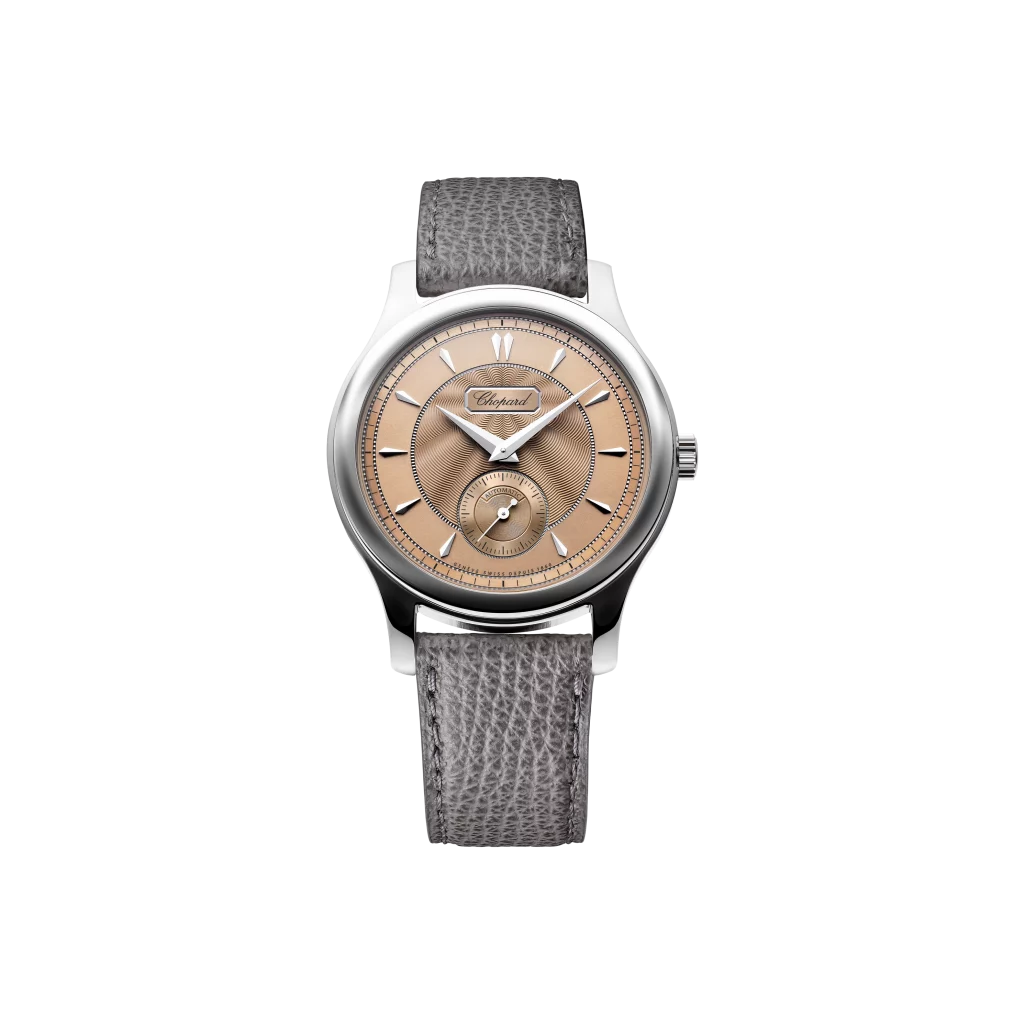
A proprietary alloy developed by Chopard, Lucent Steel uses a high percentage of recycled steel to achieve superior performance and a brilliant, luminous sheen. This innovative steel is characterised by its hypoallergenic, anti-allergenic properties comparable to surgical steel, its increased resistance to abrasion, and its unique crystalline microstructure that gives it exceptional brilliance and reflectivity. The L.U.C 1860 has a 36.5mm lucent steel case, a gold-base salmon-coloured hand-guilloché dial. Powering the watch is L.U.C Caliber 96.40-L with a 65-hour power reserve.
Hublot Big Bang Unico Gourmet
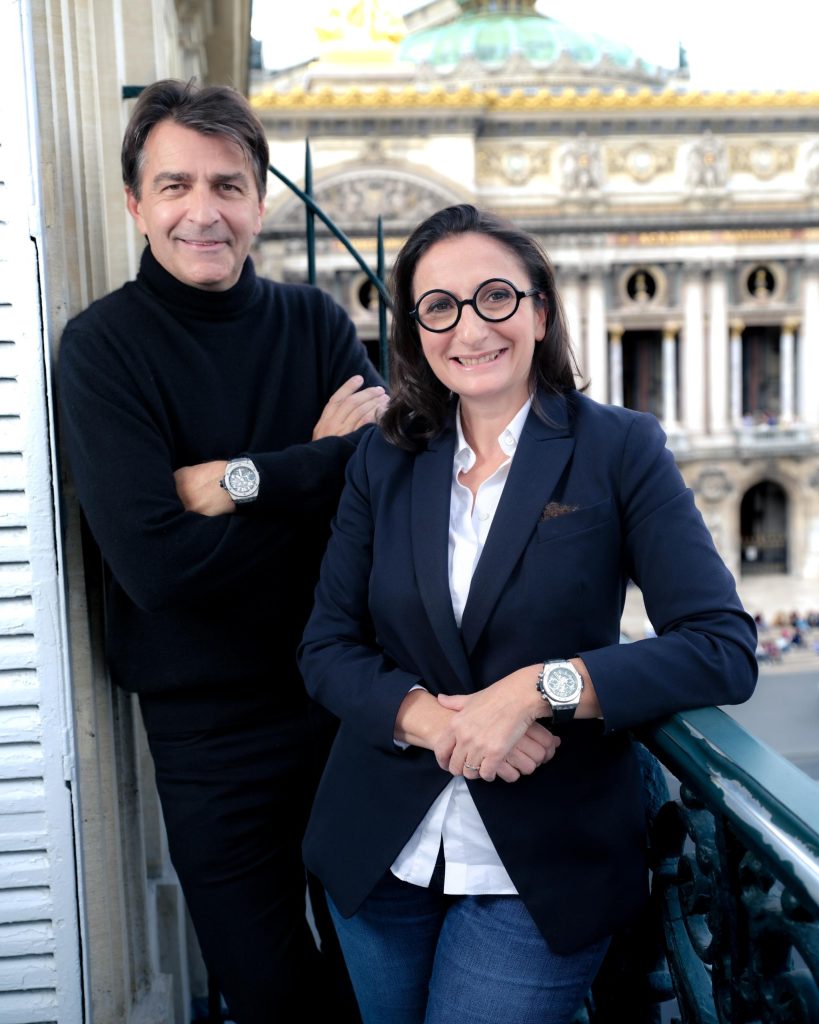
Made by the Swedish company Damasteel, DamasteelÒ is not a traditional metal, it is a metal composite created from two types of steel. The first, 304L, is dark and made primarily of carbon; the other, 316L, is lighter. These two are forged, folded and folded again like a flaky puff pastry, then pressed. The chronograph has a 42mm case and bezel in polished Damasteel, and a black matte dial. Powering the watch is calibre HUB1280 UNICO, a self-winding chronograph with a flyback movement with column wheel offering a 72-hour power reserve.
